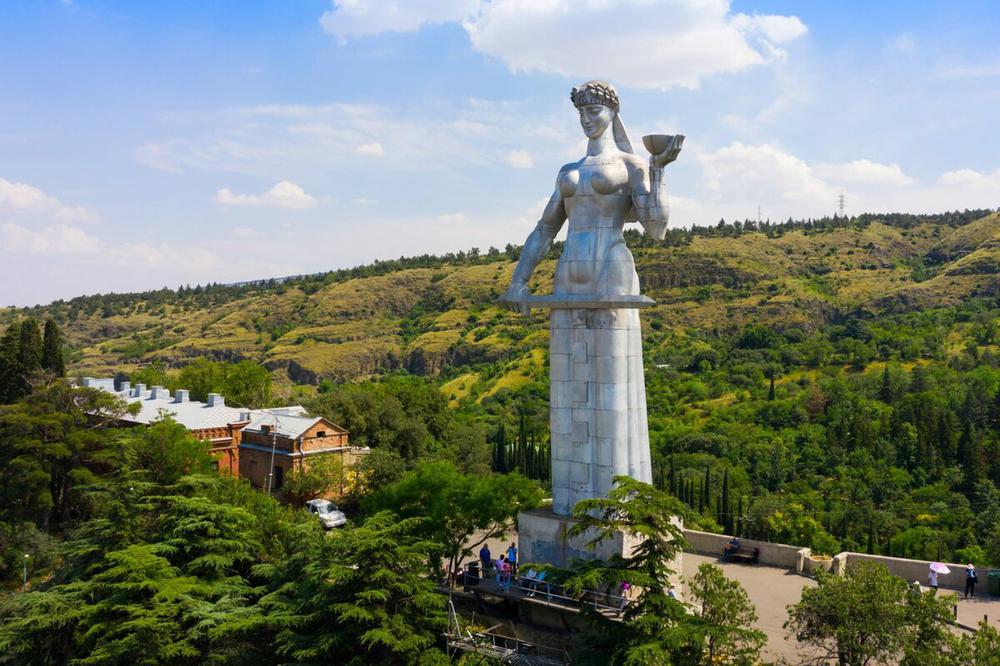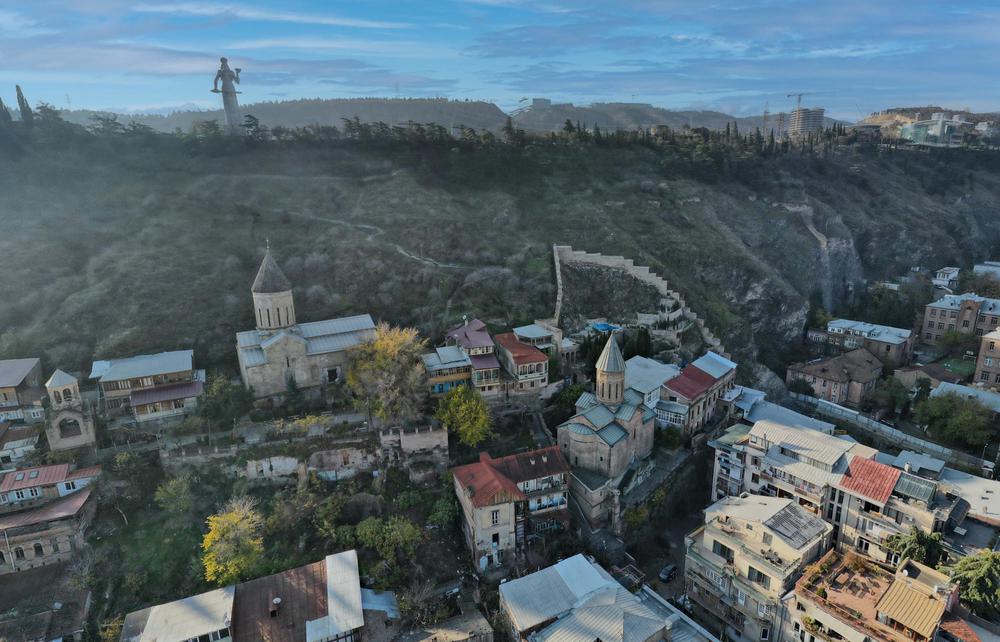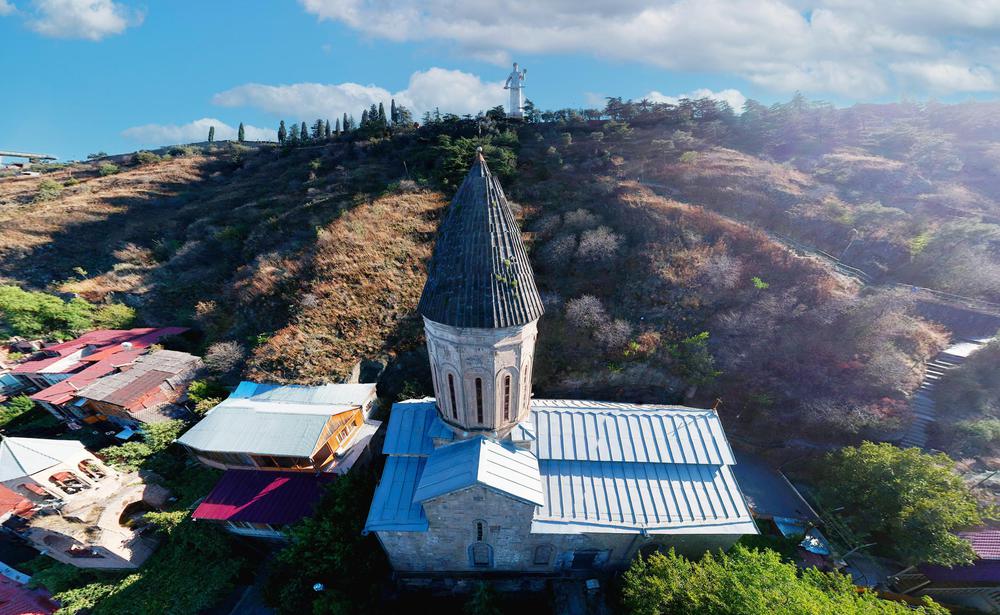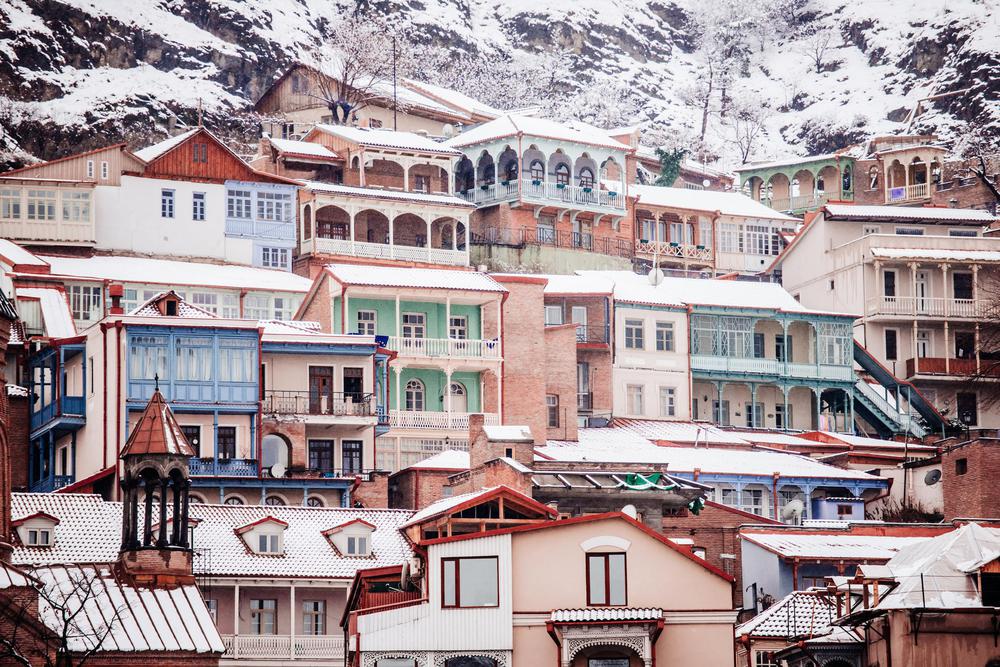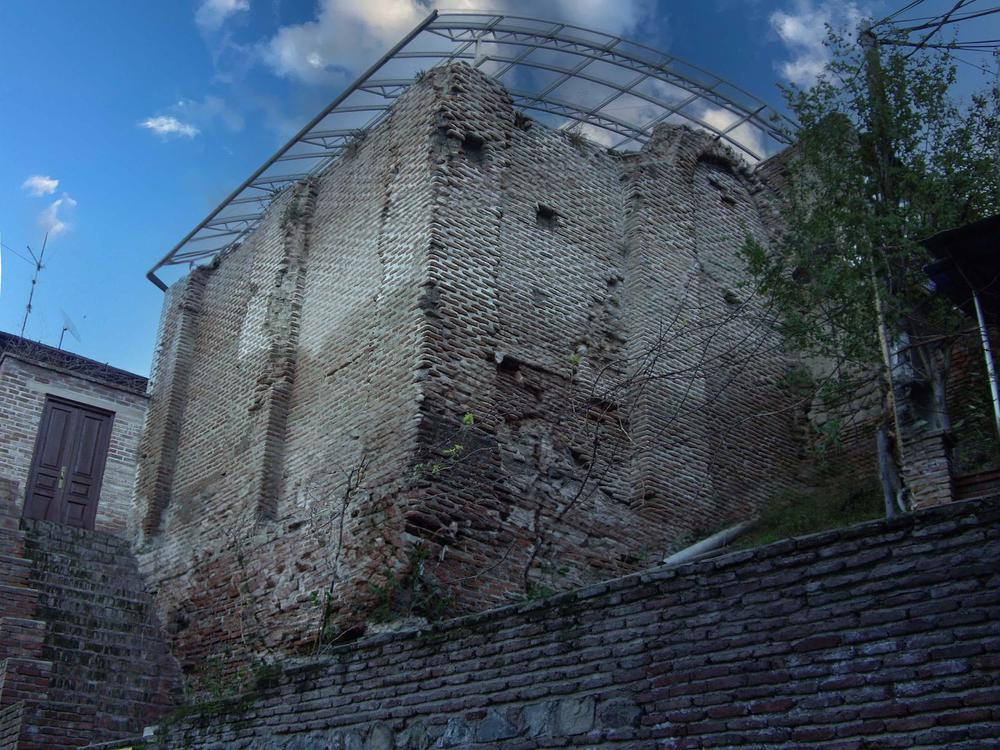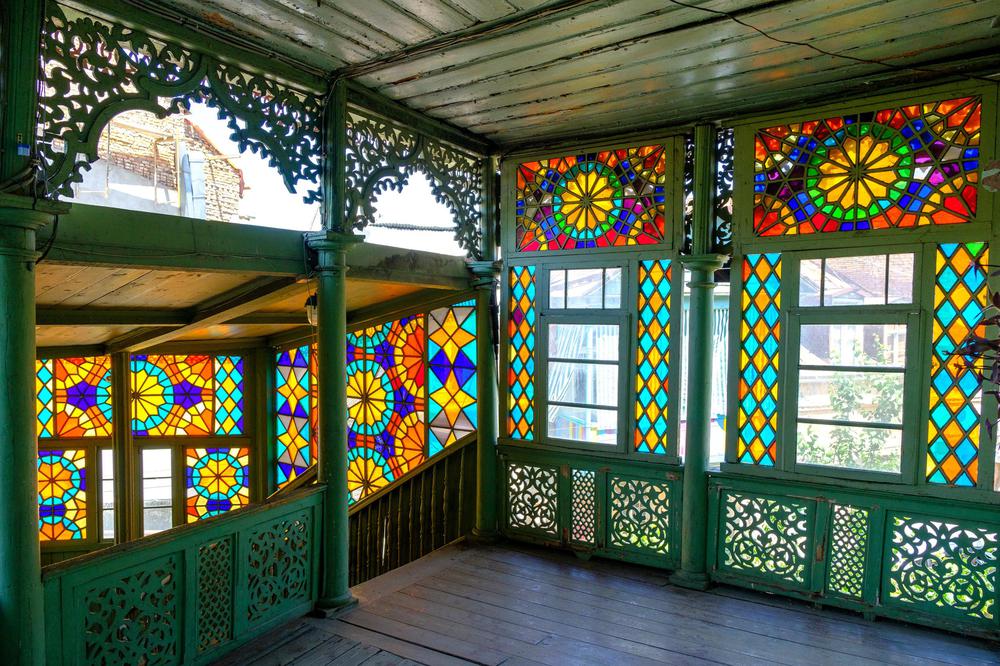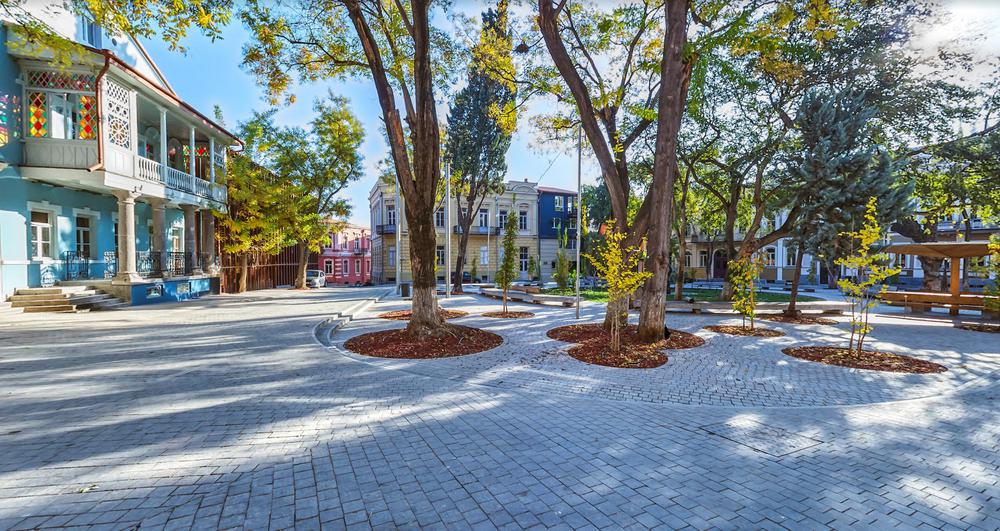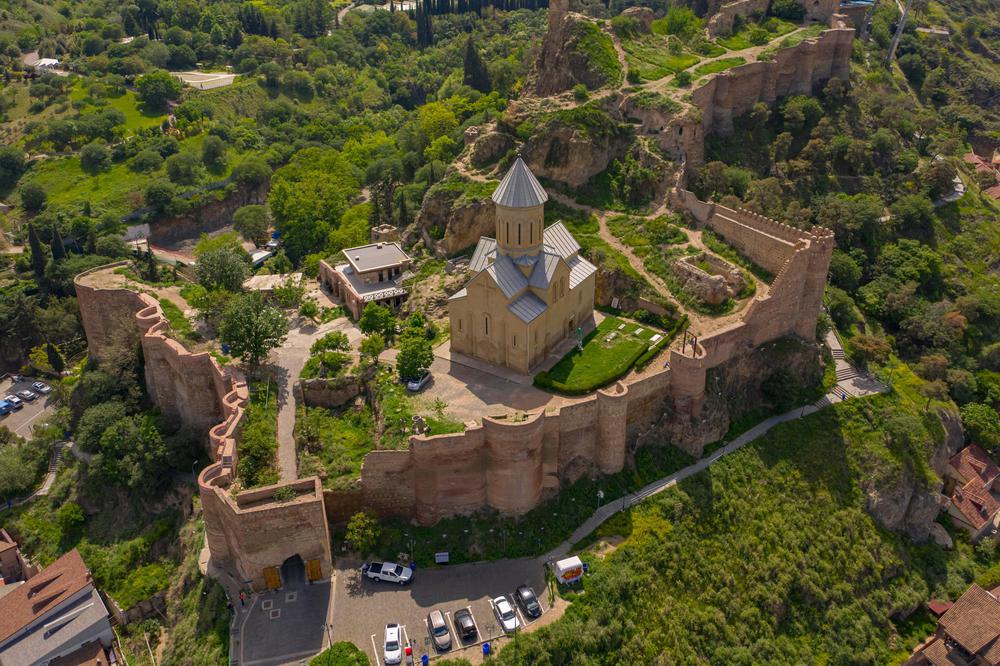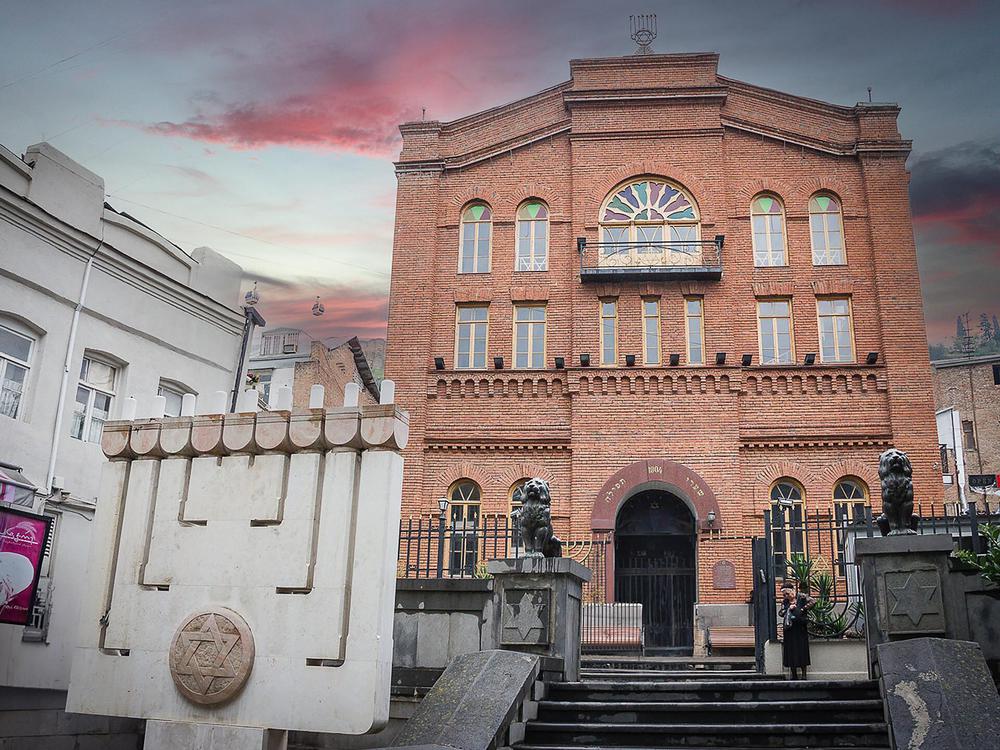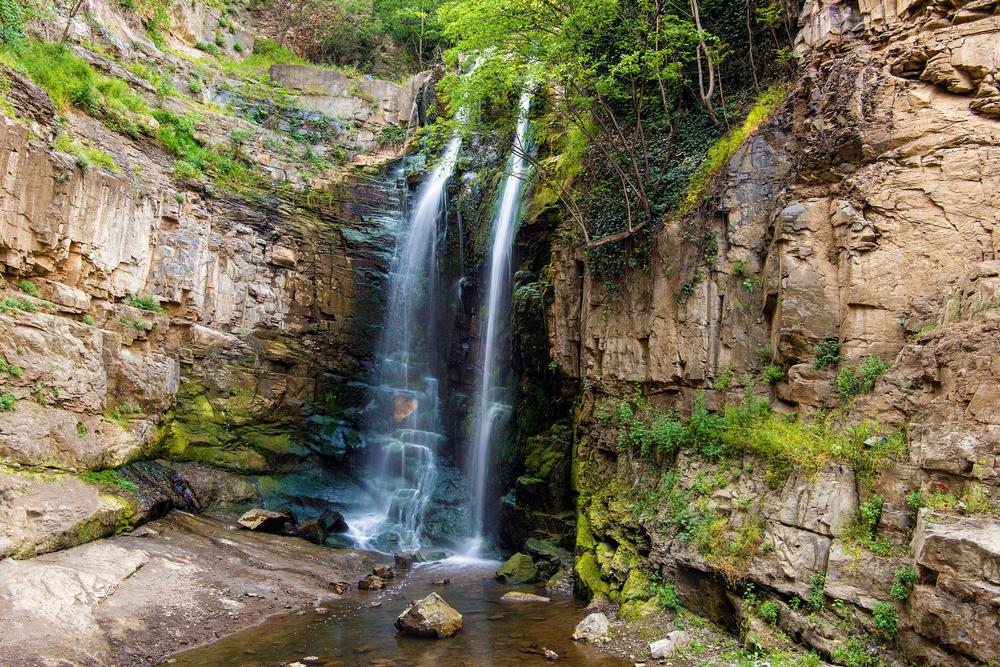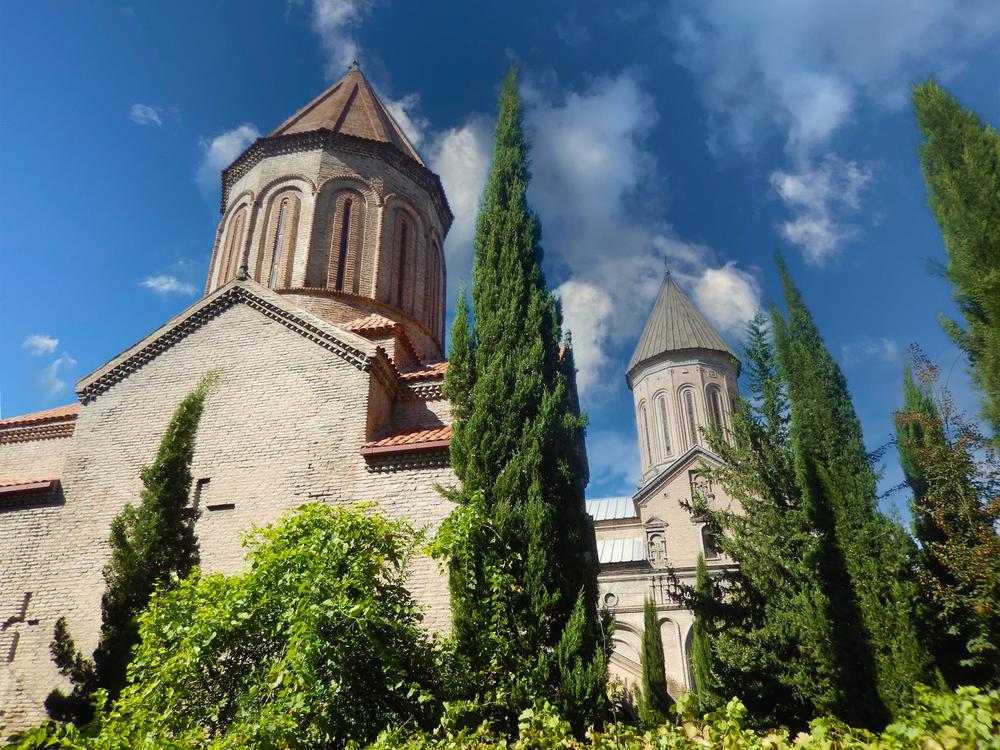The National Botanical Garden of Georgia, a stunning tapestry of botanical abundance and architectural beauty, lies nestled in the Tsavkisis-Tskali Gorge on the southern foothills of the Sololaki Range. This sprawling oasis, covering approximately 161 hectares (or about 398 acres), is a verdant sanctuary in the heart of Tbilisi. It is home to a collection of over 4,500 taxonomic groups, a testament to the biological richness of Georgia.
The garden's roots reach back three centuries, with the first recorded description dating back to 1671. Initially dubbed the "fortress gardens" or "Seidabad gardens," it has had a turbulent history, including a Persian invasion in 1795 that devastated the garden. However, the resilience of the garden is a testament to its enduring spirit. Reborn in the early 19th century, it officially took on the title of the "Tiflis Botanical Garden" in 1845.
The burstiness of the garden's story is mirrored in its landscapes, constantly evolving and expanding. From the establishment of a floristics center in 1888 to the inclusion of the former Muslim cemetery's territory between 1932 and 1958, the garden has always been a place of growth and transformation.
Navigating the garden leads to an inevitable encounter with its perplexity. It is both a botanical haven and a historical archive, the burial site of the famed Azerbaijani writer Mirza Fatali Akhundov (1812-1878), and a gateway to the breathtaking Narikala Fortress. One of the entrances, a long tunnel cut through the rock between 1909-14, now serves as the site for "Gvirabi," Georgia's largest nightclub, further adding to the garden's eclectic charm.
The Botanical Garden's importance extends beyond its aesthetic allure. It has been an indispensable scientific hub in the Caucasus, nurturing and educating many famous Georgian scientists. Its contributions span from plant introductions and conservation to advancements in plant physiology and medicinal plants' agrotechnics.
Notably, the Garden has also received international recognition and support. In 2009, it hosted the International Council of Botanical Gardens' working meeting, the first in the South Caucasus. In 2011, it obtained funding from the Royal Botanical Garden and the Raford Foundation (UK) for restoration and development efforts.
Today, the National Botanical Garden of Georgia is an embodiment of botanical richness and historical heritage. It invites visitors to unravel its diverse collection, immerse in its serene environment, and discover the tapestry of stories woven into its landscapes.


